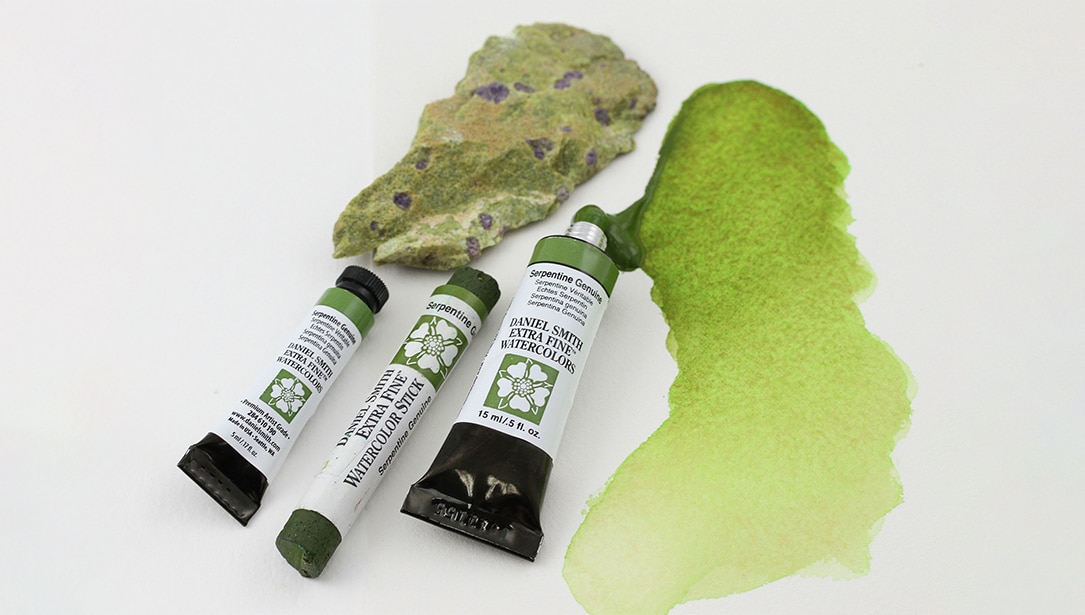Share:
Jodi Steele’s playful otter painting was created as an exploration of the granulating properties of Sodalite Genuine and Lunar Black. These subtle, versatile colors are created from heavy granular pigments that, when applied in washes, settle into beautiful reticulated patterns which enhance texture.
Jodi says, “In a mood to experiment and feeling inspired by Sumi-e Painting, I was looking for a super-pigmented dark wash with lots of character. I mixed my two colors together and applied them with a large brush and a loose hand. The granulating pigments were allowed to settle into my surface. Once dry, my second more controlled layer was used to suggest features on the face and create those expressive little toes.”
Granulation of a watercolor paint occurs only with specific pigments. With few exceptions, these paints contain one or more inorganic pigments containing metal. The granulation effect increases with the addition of deionized or distilled water. The pigment(s) drop out of the binder/water solution and settle into the valleys of your watercolor paper. The heavier (denser) pigments usually create granulation, such as Lunar Black and Cobalt Blue.
Only a few organic pigments granulate because their density is not much different than the binder/water solution. An example of an organic pigment granulating watercolor is Manganese Blue Hue which uses a special Phthalo Blue pigment.
Adding a granulating pigment into your mix can produce delightful results. Make sure you give it a try! For Jodi’s background, she mixed transparent, non-granulating Nickel Azo Yellow with Lunar Blue and created a very versatile green that makes magic happen on the paper.

“Enso” by Jodi Steele





